I tried to make a basic R2R digital to analog converter in a simulator.
Even with all bits set, I get an output of 4.98V rather than the 5V I would expect. I expected 5V since so many online resources say things like the output "ranging from 0 to 5V", so I may be (mistakenly) assuming that all bits set = 5V. However it makes sense to me that you'd want the output from a DAC to range from 0 to 5V exactly so you won't have to care about how many bits the thing supports, only knowing that 0 = min and 5V = max supported.
Where have I erred?
Edit: Furthermore, I assume I've erred because when I try to copy the same number as shown in the video (172, or 10101100), I don't get 3.4V but rather 4.884V:
My result:


